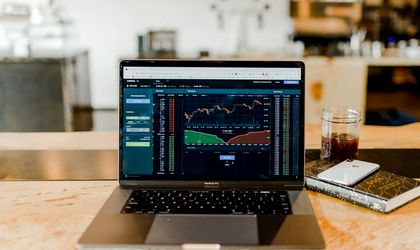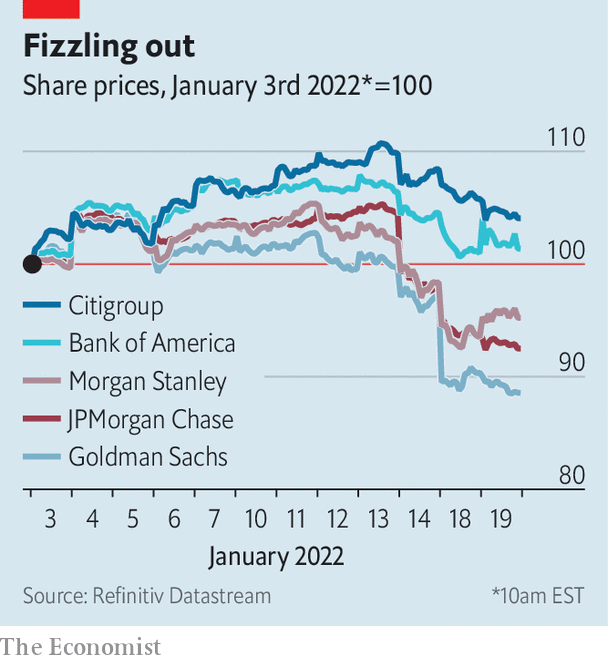
Understanding the dynamics of Material Stocks is important for developing sustainable resources management. This article discusses the composition and growth of Material Stocks and how their impact on resource demand is being felt by society. In addition, this article also discusses the implications of the circular economy on human well-being and resource usage. It is possible to create sustainable systems that both reduce the use of resources and improve human well being by understanding the dynamics involved in material stock dynamics. But, this knowledge cannot be achieved without a better understanding of how material stocks function in socioeconomic metabolism.
Materials stocks
Basic Materials stocks may provide steady income for investors. Companies in this sector produce essential raw materials for everything from steel and concrete to fertilizer and other products. This sector is vital for our economy. However, supply issues can increase the cost of these goods. Rio Tinto, which produces the three most valuable industrial metals, is the world's largest mining company. The company also produces several other essential metals.

They are composed of
It is possible to predict whether a SAB promotes or hinders business interests by looking at its composition and its ideology. The present study examines whether SABs with a majority of industry members or equally divided are more likely to promote business interest. We also explore the impact of ideological preferences on the perceived business-friendly nature of SABs. Our findings show that SABs that are dominated by industry and have a well-diversified membership are perceived as more business-friendly.
Their growth
As these companies are able to create the everyday products we use every single day, growth in material stocks is a strategic advantage. Without basic materials, it would be impossible to live. It makes strategic sense for investors to hold basic materials stocks. These stocks include basic materials such as lumber and steel, which are staples for consumers. While these stocks offer strong fundamentals and can be a great option for investors looking to maximize their growth potential, they are also susceptible to economic conditions.
They have an impact on the demand for resources
There are some concerns, even though the market trends overall are favorable for the material sector. China's soaring infrastructure investment and food demand are two major concerns. In addition, the growth of emerging markets has placed tremendous pressure on resource stocks. Rio Tinto, the world's biggest mining company, has warned investors that China’s infrastructure investment would hinder its growth as well as the raw material sector.
Strategies to limit stock building
A new study analyses future CO2 emissions per unit energy source and compares different scenarios regarding limiting stock-building in materials stocks. These authors conclude that a hypothetical convergence would have major implications for future resource consumption, and in particular for global GHG emission. Strategies to limit stock-building in material stocks should aim to achieve the following objectives:

Their investment potential
If you are looking to make stock investments, basic materials might be a good choice. Although this industry is slow and cyclical, it can still be lucrative if you do your research. Before you invest, make sure to do your research. Next, diversify your portfolio through other stocks. This will help you to achieve greater success. Here are some materials stocks to look into. Learn more about these stock stocks here!
FAQ
How are securities traded?
The stock market is an exchange where investors buy shares of companies for money. Investors can purchase shares of companies to raise capital. These shares are then sold to investors to make a profit on the company's assets.
The supply and demand factors determine the stock market price. The price rises if there is less demand than buyers. If there are more buyers than seller, the prices fall.
You can trade stocks in one of two ways.
-
Directly from the company
-
Through a broker
What is security at the stock market and what does it mean?
Security is an asset that produces income for its owner. The most common type of security is shares in companies.
A company could issue bonds, preferred stocks or common stocks.
The earnings per shares (EPS) or dividends paid by a company affect the value of a stock.
Shares are a way to own a portion of the business and claim future profits. You will receive money from the business if it pays dividends.
You can sell shares at any moment.
Why are marketable securities important?
An investment company exists to generate income for investors. This is done by investing in different types of financial instruments, such as bonds and stocks. These securities have attractive characteristics that investors will find appealing. They may be safe because they are backed with the full faith of the issuer.
Marketability is the most important characteristic of any security. This refers primarily to whether the security can be traded on a stock exchange. If securities are not marketable, they cannot be purchased or sold without a broker.
Marketable securities include common stocks, preferred stocks, common stock, convertible debentures and unit trusts.
These securities are often invested by investment companies because they have higher profits than investing in more risky securities, such as shares (equities).
What is a REIT and what are its benefits?
A real estate investment trust (REIT) is an entity that owns income-producing properties such as apartment buildings, shopping centers, office buildings, hotels, industrial parks, etc. These publicly traded companies pay dividends rather than paying corporate taxes.
They are similar to a corporation, except that they only own property rather than manufacturing goods.
Statistics
- Ratchet down that 10% if you don't yet have a healthy emergency fund and 10% to 15% of your income funneled into a retirement savings account. (nerdwallet.com)
- The S&P 500 has grown about 10.5% per year since its establishment in the 1920s. (investopedia.com)
- For instance, an individual or entity that owns 100,000 shares of a company with one million outstanding shares would have a 10% ownership stake. (investopedia.com)
- Our focus on Main Street investors reflects the fact that American households own $38 trillion worth of equities, more than 59 percent of the U.S. equity market either directly or indirectly through mutual funds, retirement accounts, and other investments. (sec.gov)
External Links
How To
How to make a trading program
A trading plan helps you manage your money effectively. It will help you determine how much money is available and your goals.
Before creating a trading plan, it is important to consider your goals. You may wish to save money, earn interest, or spend less. You might want to invest your money in shares and bonds if it's saving you money. You could save some interest or purchase a home if you are earning it. You might also want to save money by going on vacation or buying yourself something nice.
Once you know what you want to do with your money, you'll need to work out how much you have to start with. This depends on where you live and whether you have any debts or loans. It is also important to calculate how much you earn each week (or month). Your income is the amount you earn after taxes.
Next, make sure you have enough cash to cover your expenses. These include bills, rent, food, travel costs, and anything else you need to pay. These expenses add up to your monthly total.
You will need to calculate how much money you have left at the end each month. That's your net disposable income.
Now you know how to best use your money.
To get started, you can download one on the internet. You can also ask an expert in investing to help you build one.
Here's an example: This simple spreadsheet can be opened in Microsoft Excel.
This will show all of your income and expenses so far. It includes your current bank account balance and your investment portfolio.
Here's an additional example. This was created by an accountant.
It will let you know how to calculate how much risk to take.
Remember, you can't predict the future. Instead, put your focus on the present and how you can use it wisely.